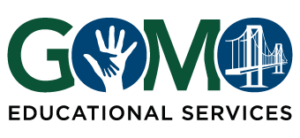What’s the Big Deal with Leading Change?
What’s the Big Deal with Leading Change?
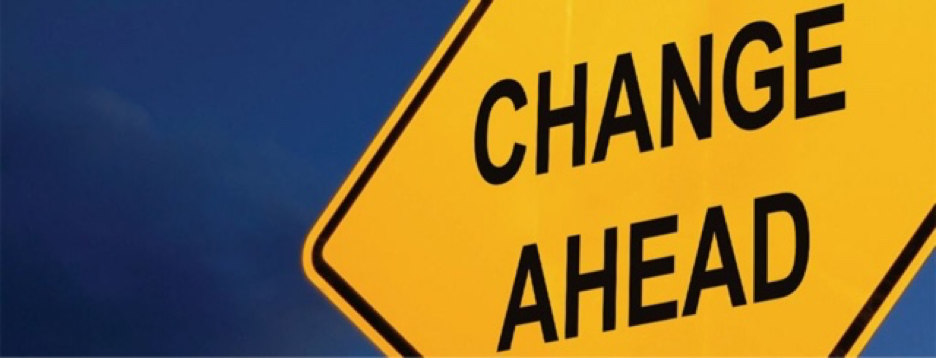
Why are there so many books, articles, and videos etc. about people that are leading or have led change? What is the big deal? We see and hear about the myriads of school and district administrators leading change in their school districts. However, there are countless untold stories of teachers, school administrators, and district administrators leading change in classrooms, schools, and districts.
Anyone seeking to lead effective change must have the characteristics and qualities of a dynamic leader. You can read more about that in my post titled “What are the Qualities and Characteristics of a Dynamic Leader?” However, leading change requires specific actions by the leader. Beyond the leadership characteristics, discussed in the blog post, anyone leading change must hold their staff accountable, retain the best people, recruit even better people, and be a visionary.
When everyone is asked about their most memorable school experiences, they almost always mention the nicest teacher or the most difficult or unpleasant teacher. The most likable teacher is associated with caring or even assigning a grade they didn’t really earn. Usually the unpleasant teacher is given the most respect years later because that teacher pushed them beyond their comfort zone. Sometimes this is also true for adults when discussing their bosses. Regardless of job type or position, everyone later appreciates people who challenged them and held them accountable. Without the change agent leader, subordinates, schools, districts, and organizations would have continued to operate in the status quo.
With most changes to schools, districts and organizations, come changes in personnel. They occur because of staff members who are either resistant to them. However, it is change agent leaders who provide the community with a vision. The people that remain do so because they have longed for this change and believe in the leader to either empower them to be future leaders or because the leader is committed to making a real difference towards a better future.
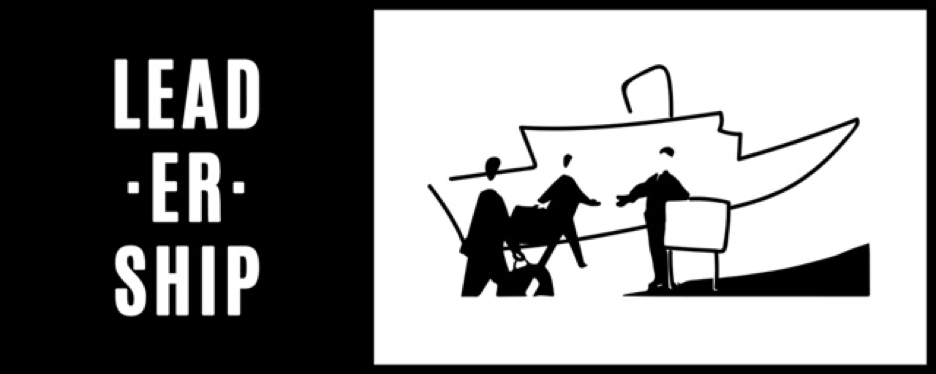
Before any change can happen, however, people like to see the direction the school, district or organization will be moving in. So, the leader has to provide them with the bigger picture and the necessary sacrifices to achieve the proposed goal or dream. Once people know the purpose for change, they are clear about why to unify, the direction to move in, and the actions to take.
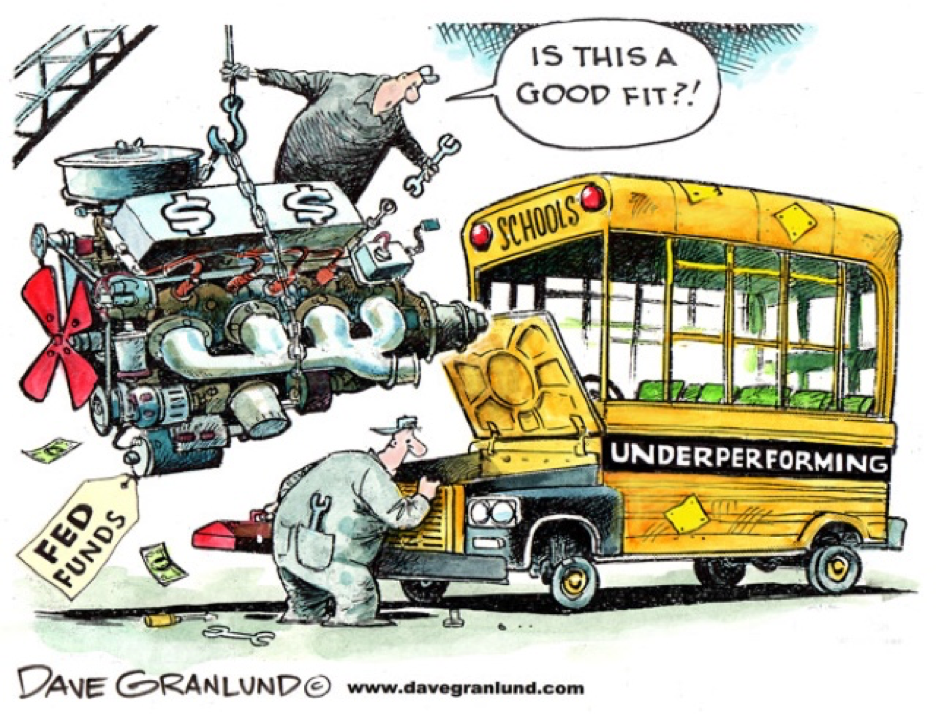
When I first entered this particular school as the principal in New Jersey in 2010, it was labeled as a failing or underperforming school. In the first school year, my priority was to change the perception of the school by establishing three separate committees: School Leadership Council (SLC), Discipline Council, and Facility Council. These committees allowed the stakeholders to identify the strengths and weaknesses of students’ academic performance, instruction, professional development, parental involvement, student attendance/tardiness, discipline, schedules, facility’s maintenance and use of space.
Since the staff was not accustomed to having their input valued, they were a little skeptical at first. Rightfully so, because they became used to leaders saying they’re going to do something and without following through. We visited a few high performing schools within our grade ranges and spent some time in our feeding and sending schools. We highlighted their strengths and practices that we would like to implement and notified them of our concerns to determine if they were the same. We also compiled data such as grade averages, benchmark results, student/staff/parent perception surveys, student/staff attendance, discipline referrals, suspensions, student use of the restrooms, etc. so we could create a collaborative mission, vision, goals and value statement with representatives of all stakeholders present.
Then we decided on four specific areas to focus on: curriculum, culture, climate and instruction. So, we created specific, measurable, achievable, results and time-bound (SMART) goals for these four areas. We revisited the SMART goals every month to assess our progress towards achieving the goals. At the end of the first year, we achieved each measurable goal. Teachers designed their unit-based curricula with common summative assessments and standards-based rubrics. We created protocols for the Professional Learning Communities (PLC) that lead to teachers modifying their curriculum, conducting classroom walkthroughs of their peers, discussing their lesson practices and formative assessment data results, receiving feedback and strategies to enhance student learning and reviewing literature. We piloted and implemented Positive Behavior Support in Schools (PBSIS) by training the staff and the administration, modeling the behaviors first. We created a school motto “Raise the Praise.” The students and staff immediately loved to say the motto in the hallways, classrooms and outside of the building. The PBSIS committee turned praise into an acronym that became the basis of our Wildcat Buck; prepared, respectful, accountable, integrity, safety, and exceptional. So, students and staff wanted to display positive and exceptional behavior because there were a number of weekly and monthly prizes associated with the current and special events. Once teachers designed their own curricula, observed each other, and met frequently to discuss best practices, instruction changed. Students wanted to remain in class because they didn’t want to miss out on what was occurring next. As a result, test scores also rose each year.
I believe that leaders should be acknowledged and commended for successfully leading a school, organization or district with change that improves adults for teaching children. To leaders that have led or are currently leading a school, district, or organization through positive and progressive change to improve the future of students—refrain from seeking praise for your hard work. Remember your praise will come in the form of changing lives of students who will attribute their future success to your diligence and perseverance. Another form of praise will be adults who have begun implementing effective and research-based best practices with students and their peers because of your leadership and accountability.
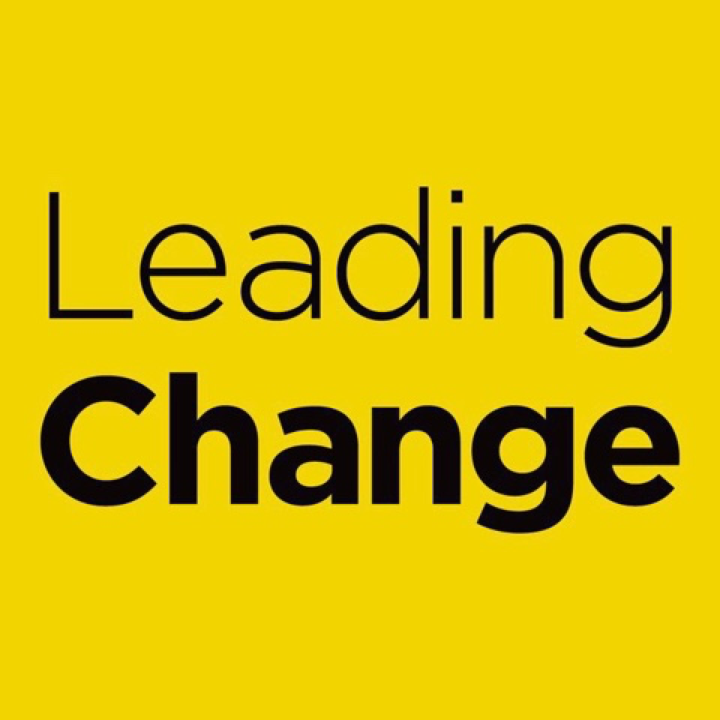
Since education has become so fixated on technology tools, many people are focused on the use of technological tools in classes and schools as being the only changes that need to occur. Change does not have to be limited to the use or integration of technology. Real change has to occur in the hearts and minds of people as a result of dynamic leadership bringing purpose, accountability, and vision with no strings attached. That is the only way real change can be sustained. Everyone now knows that leading impactful and sustainable change in a classroom, school or school district is not an easy thing. Therefore, it is a big deal!
